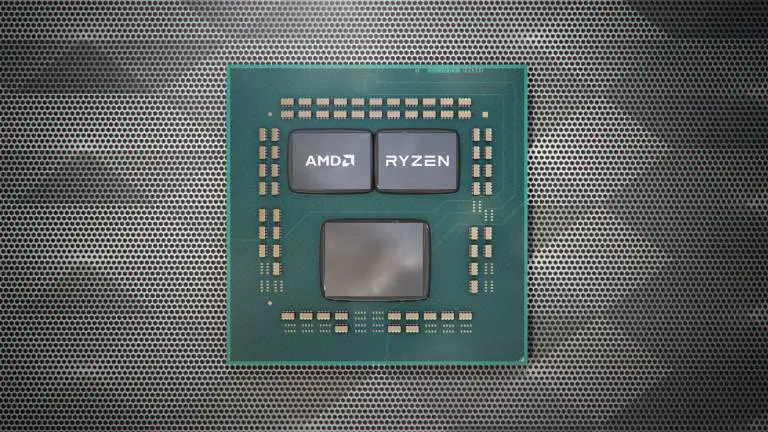From 2017 onwards, with the debut of the first Ryzen and Threadripper series, AMD has regained more and more space year after year in the microprocessor sector. The choice to progressively increase the number of cores has undoubtedly been a major impetus in this rebirth, offering them at the same time at truly competitive prices (the so-called price / core ratio).
From mainstream CPUs with four cores, today we have reached as many as 16 cores with the Ryzen 9 3950X, which although it straddles traditional PCs and workstations, is still part of the Ryzen line. The Threadripper family will instead go to 64 cores in 2020.
The current offer appears complete and does not seem to need a further increase in the cores. In the AMD house, however, they do not seem willing to take their foot off from the accelerator or at least that's what the company's CTO, Mark Papermaster, is interviewed by Tom’s Hardware USA at the 2019 Supercomputing conference.
Addressing the issue of a possible CPU with 32 cores for the mainstream sector, Papermaster said of not see “any impending barrier, and there is a reason: it took a while to get the software to take advantage of the multi-core approach, but now we have overcome this obstacle, and today more and more applications can take advantage of multiple cores and threads“.
“In the short term I don't see a saturation point for the cores. You have to be very careful when adding cores because you don't want to do this before software can take advantage of it. As long as we maintain this balance, I think we will continue to see that trend. “
Papermaster has obviously not confirmed that the Ryzen 4000 will have more than 16 cores, but he simply said that if the company decides to add cores, it will be able to do so with relative tranquility as regards software support.
Speaking instead of the theme of frequencies, where over the years we have seen megahertz increase in parallel with the introduction of new production processes and the increase in cores, it cannot be excluded that this trend may slow down if not reverse in the near future, with an increase in cores not accompanied by a relative boost in frequencies.

Papermaster said he was confident in AMD's ability to overcome this challenge. “Let's say that Moore's Law is slowing down because the opportunity that the frequency stops at each new production process is reduced or zero; it depends on the process available when you turn to the manufacturers. So there are limited opportunities, and that's where the way you put solutions together matters more than ever“.
“This is why we invented Infinity Fabric, to give us that flexibility in the way we put the CPU cores, how many cores, how many graphics cores and how you can have combinations of these units together with other accelerators, put together in a very efficient and elegant way. This is the era when Moore's Law slowed down. You have to increase performance with each generation, but you cannot rely on the increase in frequency with each production process. ” AMD will obviously improve Infinity Fabric to keep up with interfaces like DDR5 and PCIe 5.0.
Questioned about the shortage of some CPU models, such as the Ryzen 9 3900X and 3950X, Papermaster confirmed the words of Lisa Su, according to which the demand for those CPUs exceeded the estimates but now AMD and TSMC have had the opportunity to adapt to the new scenario and availability is expected to gradually increase.
As for the indiscretion – so far unconfirmed – that AMD will implement theSMT4 on future CPUs, i.e. the possibility for each core to manage four threads instead of just the two today, Papermaster has not revealed any plan, but has nevertheless provided its opinion on the matter.
“We have not made any announcements on SMT4 at the moment. In general, simultaneous multi-threading (SMT) must be considered: there are applications that benefit from it and others that cannot. Look at the PC industry today, many people don't enable SMT, others do. Clearly there would be loads that would benefit from SMT4, but there would be many others that would not even be distributed (among the logical cores). It has been present in the sector for a while, therefore it is not a new technological concept at all. It was deployed on the servers; some server manufacturers have had it for some time, actually it's just a matter of when certain workloads will benefit“.















